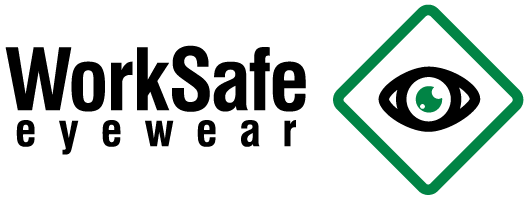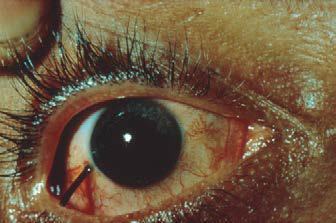Standards & Eye Safety
EMPLOYER’S OBLIGATION
Each year many hundreds of Australians experience some type of eye injury in the work place.
Employers need to ensure their workers have the right safety eye wears to protect their eyesight from potentially hazardous work environments. By providing the best eye protection for your employees, not only are you complying with Australian Commonwealth Work & Health Safety Act 2011, but you’re Also taking steps to maximise work place efficiency. Prescription Safety Glasses can help you achieve this goal by optimizing workers’ vision while providing a high level of eye protection.
All glasses supplied need to be certified and compliant with AS/NZS 1337.6.2012
WorkSafe Eyewear Laboratory provides prescription safety eyewear that is both certified and compliant to AS/NZS 1337.6 2012
AS/NZS 1337.6:2012
IMPORTANCE OF PRESCRIPTION SAFETY GLASSES
Reduced work performance can be the result of uncorrected vision problems.
Workers who have uncorrected or inappropriate safety glasses have a greater risk of accidents that can threaten the lives of the individual and those working around them. In some cases your staff may need corrective lenses to help them perform to their full potential.
Most of these vision problems can be fully corrected with prescription safety glasses.
It is essential that before supplying safety eyewear that workers have their vision assessed and if necessary have optical prescription safety glasses made up.
Improve your employee’s productivity with WorkSafe Eyewear.
AS/NZS 1337.6:2012
Personal eye protection – Prescription eye protectors against low and medium impact.
AS/NZS 1337.6 2012 sets out the minimum impact resistance requirements for eye protectors fitted with prescription lenses from low or medium velocity impacts from flying particles encountered at work.
This standard does not apply to eye protectors in which are Plano/ Non Prescription (have no prescription in the lenses). Non Prescription safety glasses are covered by AS/NZS 1337.1.
Prescription eye protectors complying with this Standard are intended to give both impact protection and prescribed correction of vision.
For protection from hazards other than low or medium impact, appropriate protection as recommended in AS/NZS 1336 a face shield should also be worn covering the prescription eyewear, e.g. dust, splashing materials, molten materials, harmful gases, vapours or aerosols, high energy flying particles or fragments.
These are covered in AS/NZS 1337.1. Requirements for protection from sources of optical radiation, other than the sun, are covered in AS/NZS 1338, Parts 1 to 3.
Low to Medium Impact resistant prescription safety glasses AS/NZS 1337.6 should protect your eyes against low and medium impact – specifically to withstand a minimum impact of a 6.35mm steel ball at a velocity of 40mps.
Selecting the Best Prescription Safety Specs
Please consider other important factors when selection safety glasses for your line of work include:-
- Dusty Environments: Use a positive dust seal – these are often easy detachable and often come with your specs.
- Avoid Anti Reflection Coatings: AR Coatings are great for dress glasses but can be hard to keep clean in a typical work environment. Opt for a super hard coating instead of Anti Reflection or multicoated treatments for your lenses.
- Transitions lenses:tint darker outdoors and become clear inside. And are very popular safety lens options however if you are moving in and out doors repeatedly there is a 2 minute delay for lenses to change from dark to clear.
- Polarised Lensesare great for workers who spend a lot of time outdoors they reduce eye fatigue but can cause problems when view LCD instrument displays.
Hopefully these tips will help you in selecting the best safety frame and lenses to optimize your eye sight and eye protection at your place of work.
For further information call us on 02 9872 1555

